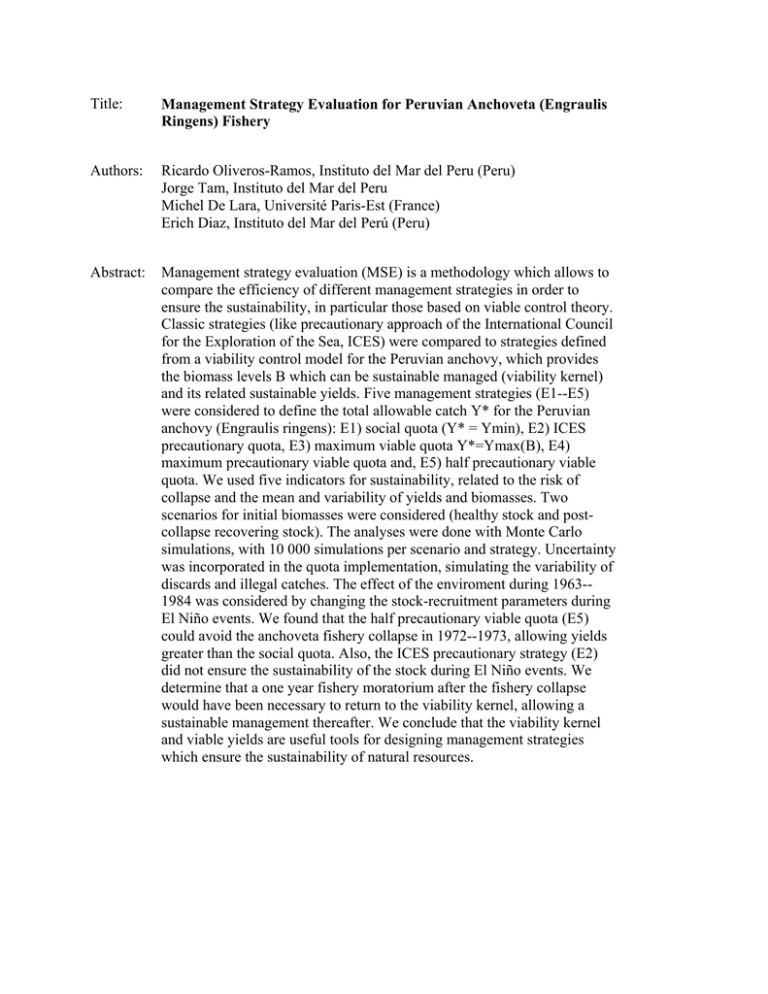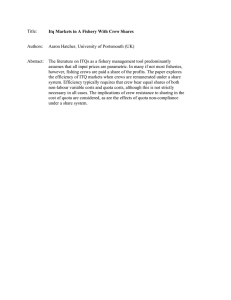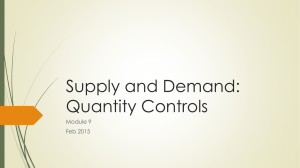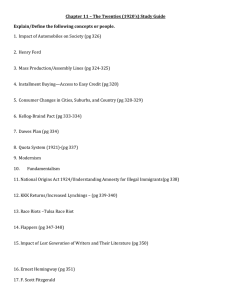Title: Authors: Ricardo Oliveros-Ramos, Instituto del Mar del Peru (Peru)
advertisement

Title: Management Strategy Evaluation for Peruvian Anchoveta (Engraulis Ringens) Fishery Authors: Ricardo Oliveros-Ramos, Instituto del Mar del Peru (Peru) Jorge Tam, Instituto del Mar del Peru Michel De Lara, Université Paris-Est (France) Erich Diaz, Instituto del Mar del Perú (Peru) Abstract: Management strategy evaluation (MSE) is a methodology which allows to compare the efficiency of different management strategies in order to ensure the sustainability, in particular those based on viable control theory. Classic strategies (like precautionary approach of the International Council for the Exploration of the Sea, ICES) were compared to strategies defined from a viability control model for the Peruvian anchovy, which provides the biomass levels B which can be sustainable managed (viability kernel) and its related sustainable yields. Five management strategies (E1--E5) were considered to define the total allowable catch Y* for the Peruvian anchovy (Engraulis ringens): E1) social quota (Y* = Ymin), E2) ICES precautionary quota, E3) maximum viable quota Y*=Ymax(B), E4) maximum precautionary viable quota and, E5) half precautionary viable quota. We used five indicators for sustainability, related to the risk of collapse and the mean and variability of yields and biomasses. Two scenarios for initial biomasses were considered (healthy stock and postcollapse recovering stock). The analyses were done with Monte Carlo simulations, with 10 000 simulations per scenario and strategy. Uncertainty was incorporated in the quota implementation, simulating the variability of discards and illegal catches. The effect of the enviroment during 1963-1984 was considered by changing the stock-recruitment parameters during El Niño events. We found that the half precautionary viable quota (E5) could avoid the anchoveta fishery collapse in 1972--1973, allowing yields greater than the social quota. Also, the ICES precautionary strategy (E2) did not ensure the sustainability of the stock during El Niño events. We determine that a one year fishery moratorium after the fishery collapse would have been necessary to return to the viability kernel, allowing a sustainable management thereafter. We conclude that the viability kernel and viable yields are useful tools for designing management strategies which ensure the sustainability of natural resources.




